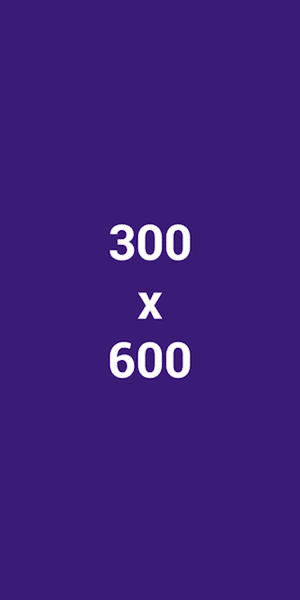Jonathan Mann, a distinctively creative soul known for his unparalleled commitment to crafting a new song every single day for over 16 years, and Brian L. Frye, a conceptual artist whose works challenge traditional boundaries, find themselves at the epicenter of a groundbreaking legal battle against the US Securities and Exchange Commission (SEC). This lawsuit is not just another case on the docket; it represents a pivotal moment in the ongoing debate over the intersection of digital art, blockchain technology, and the regulatory frameworks that struggle to contain them.
At the heart of this legal odyssey is the controversy surrounding Non-Fungible Tokens (NFTs), particularly those representing digital artwork as produced by Mann and Frye. The duo’s artistic endeavors have now transcended beyond mere expression, challenging the very foundations of how digital art is perceived and governed by law in the United States. It is here, within this legal arena, that they question whether NFTs, such as the ones they have meticulously created, should indeed be classified as securities according to U.S. legislation.
Jonathan Mann, not just renowned for his musical talents but also for his iconic contributions to the crypto-themed musical landscape, has boldly proclaimed through his art, “This song is a security.” Such a statement is not merely a lyrical flourish but instead a defiant protest against what he perceives as an overreach by the SEC.
In their legal challenge, Mann and Frye argue that digital artworks, like those they sell as NFTs, ought not to be entangled within the complex and often burdensome regulatory scaffold typically reserved for traditional securities. Mann plans to launch a collection of 10,420 NFTs, each a unique remix of his defiant anthem “This Song Is A Security.” Simultaneously, Frye proposes to release 10,320 NFTs under his project dubbed “Cryptographic Tokens of Material Financial Benefit.”
The plaintiffs assert that the SEC’s recent actions against other NFT endeavors, including the cases involving Stoner Cats and Impact Theory, improperly extend securities regulations to the realm of digital art. They raise critical concerns about the application of the Howey test, a legal standard used to ascertain what constitutes an investment contract and, therein, a security. Through their challenge, Mann and Frye aim to secure judicial clarification, hoping to navigate their artistic ventures without the looming threat of being labeled as securities, a classification that could impose significant regulatory and financial hurdles.
The lawsuit is emblematic of a larger sentiment within the digital art community, where there is growing apprehension about the SEC’s expansive interpretation of its regulatory purview. Mann and Frye stand at the forefront of a movement seeking not just to defend their right to creative freedom but to preserve the innovative essence that digital art and NFTs represent. They contend that the act of selling art, whether through physical canvases or digital tokens, should not necessitate compliance with securities law simply because the value of such artworks might fluctuate over time.
Mann’s reflections on the current state and potential of NFTs are particularly poignant, highlighting a belief in the underlying technology and concept that transcends the fleeting trends and speculative fervor that have characterized much of the NFT space. His conviction serves as a reminder of the core innovation and opportunity that initially captivated a wide array of artists, collectors, and technologists.
As this legal battle unfolds, its implications extend far beyond the immediate parties involved. This case has the potential to carve a significant precedent for how NFTs are treated under U.S. securities law, affecting a broad swath of the digital art community and those invested in the future of blockchain-based art and collectibles.
In conclusion, the lawsuit brought forth by Jonathan Mann and Brian L. Frye is not merely about two artists challenging a regulatory body. It encapsulates a critical moment in the evolution of digital art, NFTs, and blockchain technology, embodying the tension between innovation and regulation. As the world watches this case unfold, it serves as a potent reminder of the ongoing dialogue between emerging technologies and the frameworks designed to govern them. Regardless of the outcome, this legal skirmish will undoubtedly leave an indelible mark on the landscape of digital art and NFTs. For those eagerly following the latest developments in this riveting saga and other trending news in the decentralized finance space, turning your gaze to [DeFi Daily News](http://defi-daily.com) will keep you informed and entertained.
As we await the verdict, one thing is clear: the resolution of this case could echo across the digital realm for years to come, shaping the future of art, technology, and regulatory oversight in an increasingly interconnected world. And while the legal gears grind slowly, the creativity and resolve of those like Mann and Frye continue to inspire, challenging us to reimagine the boundaries of artistic freedom and innovation in the age of NFTs.
Source link


















